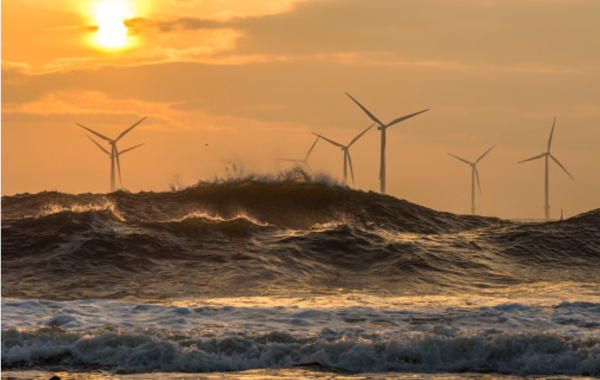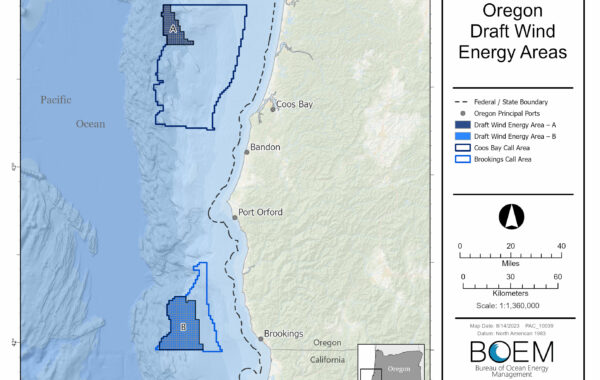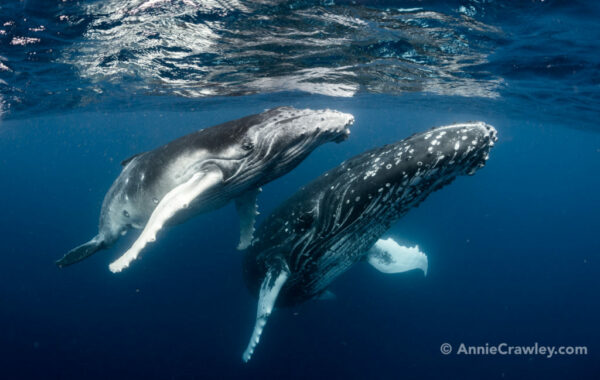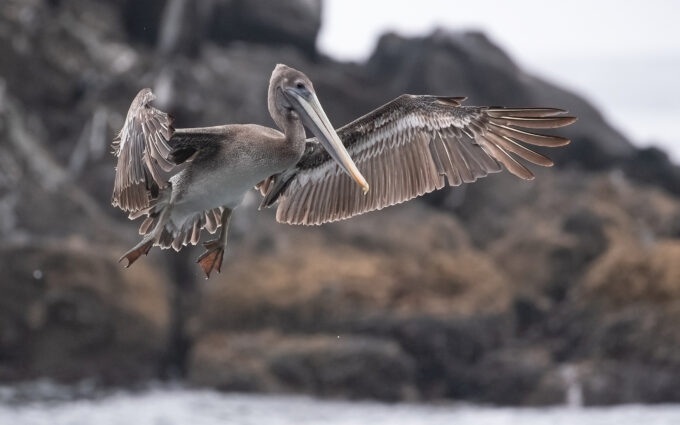Nearshore Ocean
Sustainable energy sources must be pursued while carefully considering ecosystems and communities

What is Offshore Wind?
Offshore wind refers to energy harnessed from the force of winds out at sea via windmill turbines. This technology is renewable, because wind is an abundant resource and the creation of electricity from wind power does not require fossil fuel emissions.
Why This Matters
Oregon Shores is acutely aware of the current impacts and grave implications of the climate crisis. Addressing climate change is interwoven with every aspect of our work. We clearly recognize that developing renewable sources of energy that can replace the use of fossil fuels is an essential aspect of any strategy for slowing and eventually abating climate change.
Based on its position amidst global wind currents, Oregon has the potential to contribute sustainable, clean energy to the global movement to replace fossil fuels by exploiting wind energy, whether onshore or via floating offshore turbines. However, floating offshore wind has been installed in very few places worldwide and is not well-studied. Many questions exist about the technology’s possible environmental and community justice impacts. If floating offshore wind should ever be developed off Oregon’s coast, we must maximize community benefits, involve Tribal members and diverse voices in development discussions, minimize harm to marine and estuarine environments, and protect existing industries, such as fishing, aquaculture and tourism, from damage or displacement. Should such development occur, Oregon Shores will work to ensure the least possible impact on Oregon’s marine and coastal environments and communities.

Now What?
The federal Bureau of Ocean Energy Management (BOEM) is currently engaged in a process for considering development of wind energy turbines in federal waters off our shores. Early last year, BOEM announced “call areas” within which leases to prospective wind developers would be offered. BOEM recently revealed the two “Wind Energy Areas (WEAs)” within the call areas they consider most suitable for siting of wind turbines. The potential development locations have now been whittled down considerably, to areas offshore between Reedsport and Florence (an area of 61,204 acres of ocean) and off Brookings from the California border to Cape Sebastian (158,364 acres).
Joining with allied conservation groups, Oregon Shores helped to draft a joint comment from 20 conservation groups. We asked for thorough studies of potential impacts to habitat areas and wildlife to be conducted before wind development occurs. We also recommended that BOEM consider the impacts to our beaches and estuaries from cables crossing the shore, new transmission infrastructure, and port facilities being developed to build, transport, and service offshore wind turbines. Most importantly, since wind energy development affects the California Current Marine Ecosystem, shared with Washington and California, we asked that BOEM take a step back and conduct a Programmatic Environmental Impact Study (PEIS) on the potential cumulative impacts of all proposed call areas on the West Coast.
It would be premature at this point to take a position for or against floating offshore wind development. Rather, Oregon Shores has taken the position that the process should be paused until full studies of potential impacts have been conducted, so if we proceed it will be with clear understanding of the trade-offs.

For More Information
View this video about floating offshore wind produced by our partners at Kalmiopsis Audubon.

